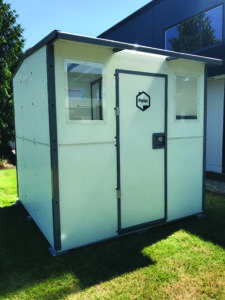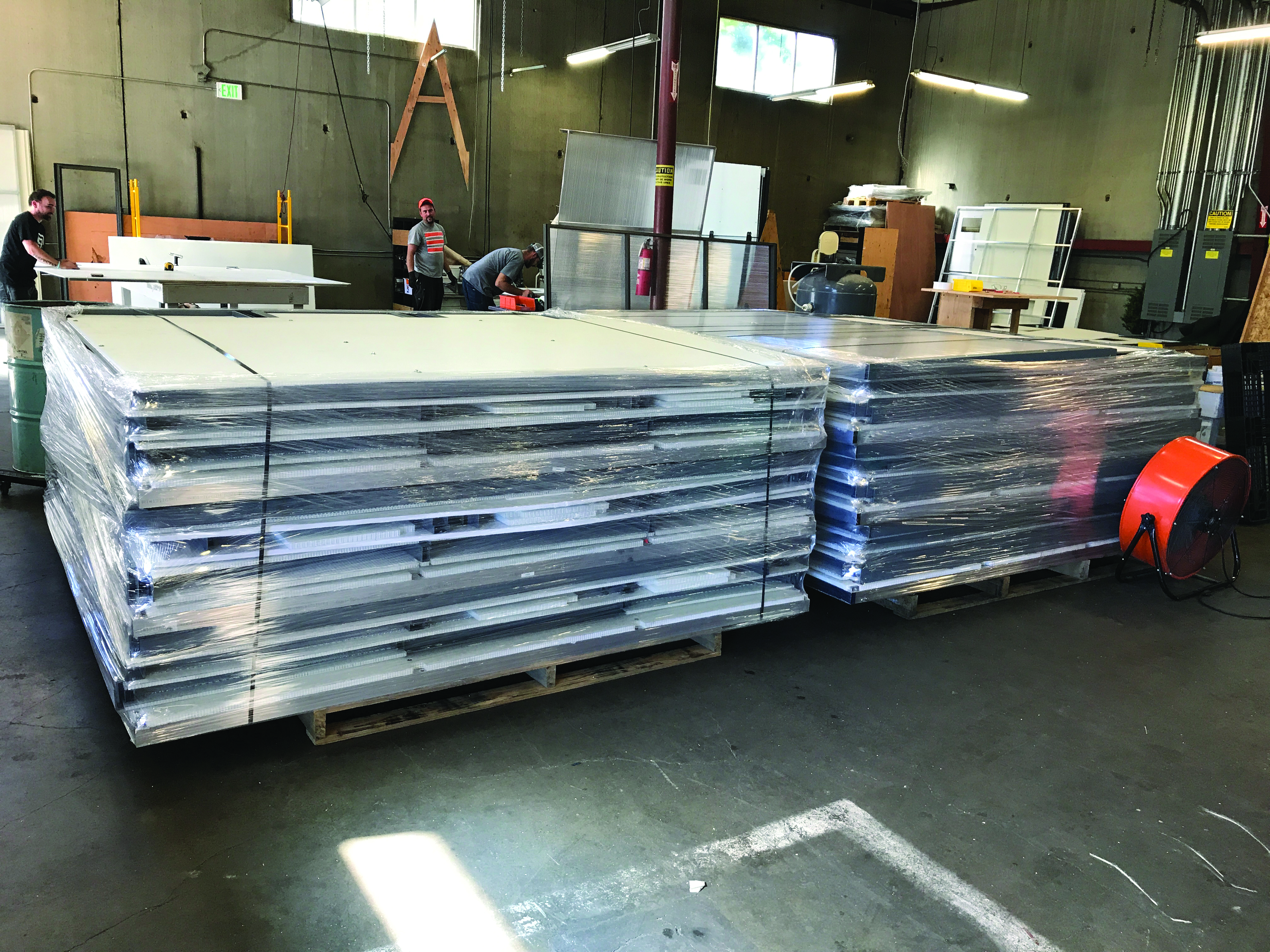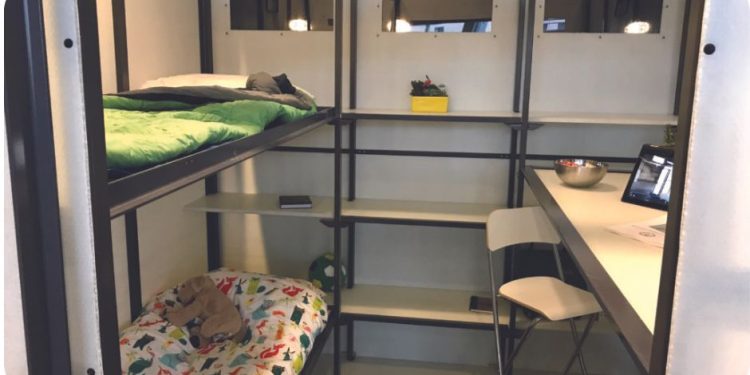Growers using the H-2A visa program for seasonal labor say it’s working, but among the program’s most difficult rules are its housing requirements.
At a panel discussion at the Northwest Michigan Orchard and Vineyard Show in January, growers and contractual labor providers discussed using the H-2A program.
Mark Miezio of Cherry Bay Orchards said the program was going well for his operation, although starting to use it was a challenge.
“We definitely had to work a little harder at our housing and bring it up to a little bit higher of a standard than where we were at working with just local (workers),” he added.
Lawrence Williams of Manzana, who last year supervised 625 H-2A workers who worked for specialty crop growers, agreed that housing was one of the biggest hurdles to the visa program.
“They key to H-2A is housing,” he said. “If you don’t have housing, you might as well forget about it. That’s the first thing the Department of Labor is going to come after. They’re going to look at your housing.”
Both Williams and Miezio agreed that while finding the right housing solution can be difficult, ultimately the H-2A program is working well and provides a stable, reliable workforce during harvests.
“Is it the answer? Right now, it is,” Williams said. “My growers have said it’s nice to go to sleep knowing your workers are in your camp and that’s where they’re going to be tomorrow. They’re not going to be anywhere else. There’s a comfort in that.”

H-2A housing is important for specialty crop growers across crops and across the country. On the West Coast, growers are looking for new products to better meet the requirement.
Amy King is the CEO of Seattle-based Pallet, which focuses on providing “humane and dignified” shelter for “marginalized” populations.
The Pallet shelters are packed flat for shipping and can be put together in 20 minutes with a quick-pin connect system. Each shelter has a structural floor and a locking door. The wall panels, which are made by Zeeland, Michigan’s Plascore, consist of a honeycombed plastic core sandwiched with fiberglass – lightweight but strong.
Originally, King had thought to market the product to cities and nonprofit groups for use with the homeless and in the wake of natural disasters – she calls the company “a social purpose corporation,” not just focused on its profit but also doing something good for society as a whole. So, she was surprised when the agriculture industry came calling.
“We hadn’t thought of it,” she said. “It’s not a market we’re overly familiar with. It just required a little bit of research and work.”

The Pallet housing units don’t have plumbing and growers would need to maintain a common area with bathrooms and kitchens. But the shelters have many other good features that would help out growers. With hard structural floors, they don’t require pouring cement or even spreading sand. The shelters are not made of organic materials and so can be hosed down, disassembled and stored without risking mildew.
The shelters she’s sold to municipalities are 64 square feet, meeting the floor space requirements for a single H-2A worker, and cost less than $5,000. She’s designed a new housing unit, with 100 square feet and bunks for two H-2A workers. She plans to seek approval from the Washington State Health Department, and then use that as a foundation for expediting the shelters’ acceptance in other states.
King said the shelters are more cost-effective and durable than other temporary structures, and more like trendy “tiny houses” than the more common mobile homes. She’s started visiting agriculture trade shows in the Northwest to demonstrate the product to growers, and she said the company has about 20-25-growers “on standby” waiting for the housing format to be approved by the government.
“We have lots of interest,” she said.
– Stephen Kloosterman, VGN Assistant Editor
Top photo: While its original designs have enough space for only single occupancy under H-2A, Pallet has designed a more spacious shelter to meet H-2A requirements for double occupancy. Photos: Pallet































